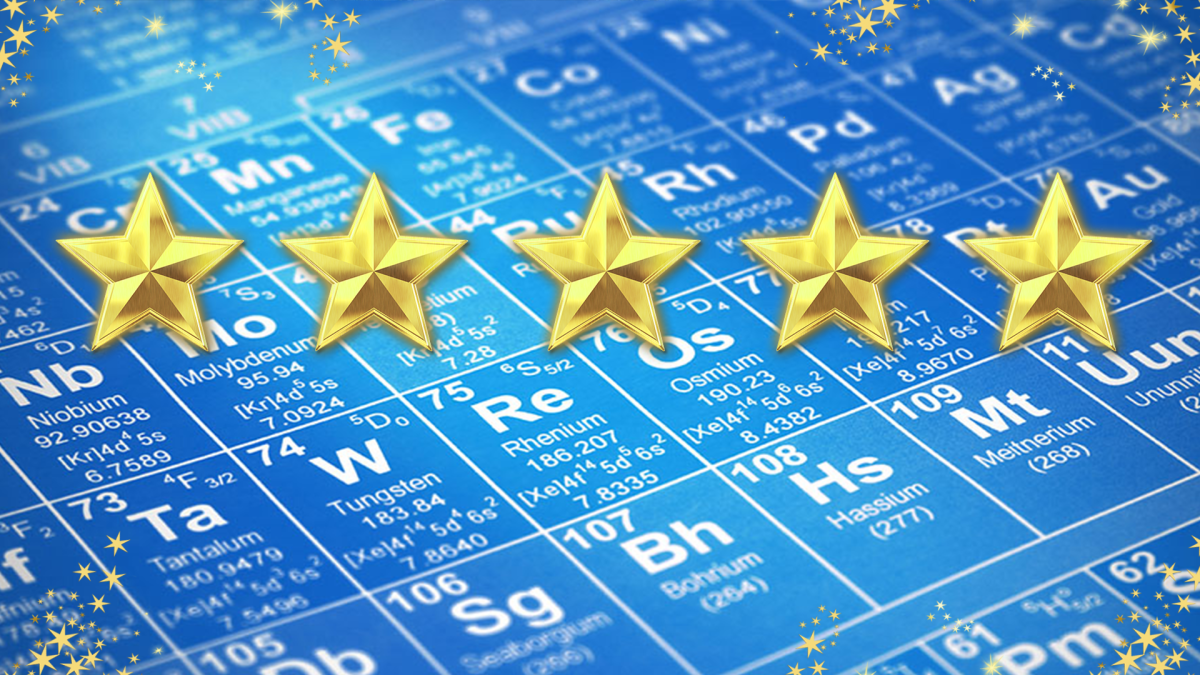
Solar Array
by Victoria Rackley
This lesson is focused on solar energy, students engage in a hands-on exploration of photovoltaic cells, motors, and light bulbs to investigate the correlation between light intensity and solar power generation. Beginning with an introduction to photovoltaic technology, students learn how solar cells convert light into electrical energy. They then assemble a simple circuit comprising a photovoltaic cell, a small motor, and a light bulb. By varying the light intensity using adjustable lamps or sunlight at different times of day, students observe how changes in light intensity affect the motor's speed and the brightness of the light bulb. Through this experiment, they gain a practical understanding of solar energy's dependence on light intensity and its application in renewable energy systems.
Lesson Plan Link/URL
https://docs.google.com/presentation/d/1ljSzzSJ7sHTP-BCilsGUT0W0ZQgi_YlO/edit?u…Related Content

Grades:
7th Grade, 8th Grade, 9th Grade, 10th Grade, 11th Grade, 12th Grade
This lesson is a whole unit on energy. It can be broken up into 10 separate lessons. I chose to put them all together so that it was easier to see how I organized them so you did not have to search

Grades:
9th Grade, 10th Grade, 11th Grade, 12th Grade
The first rule in the chemistry lab is “don’t eat or drink or lick anything in the lab”! This lesson breaks those rules and shows students how culinary is really a practical application of chemistry

Grades:
10th Grade
In this creative lesson, students will engage in argument from evidence to determine the feasibility of the use of an energy resource. Students will research an energy resource and answer a set of